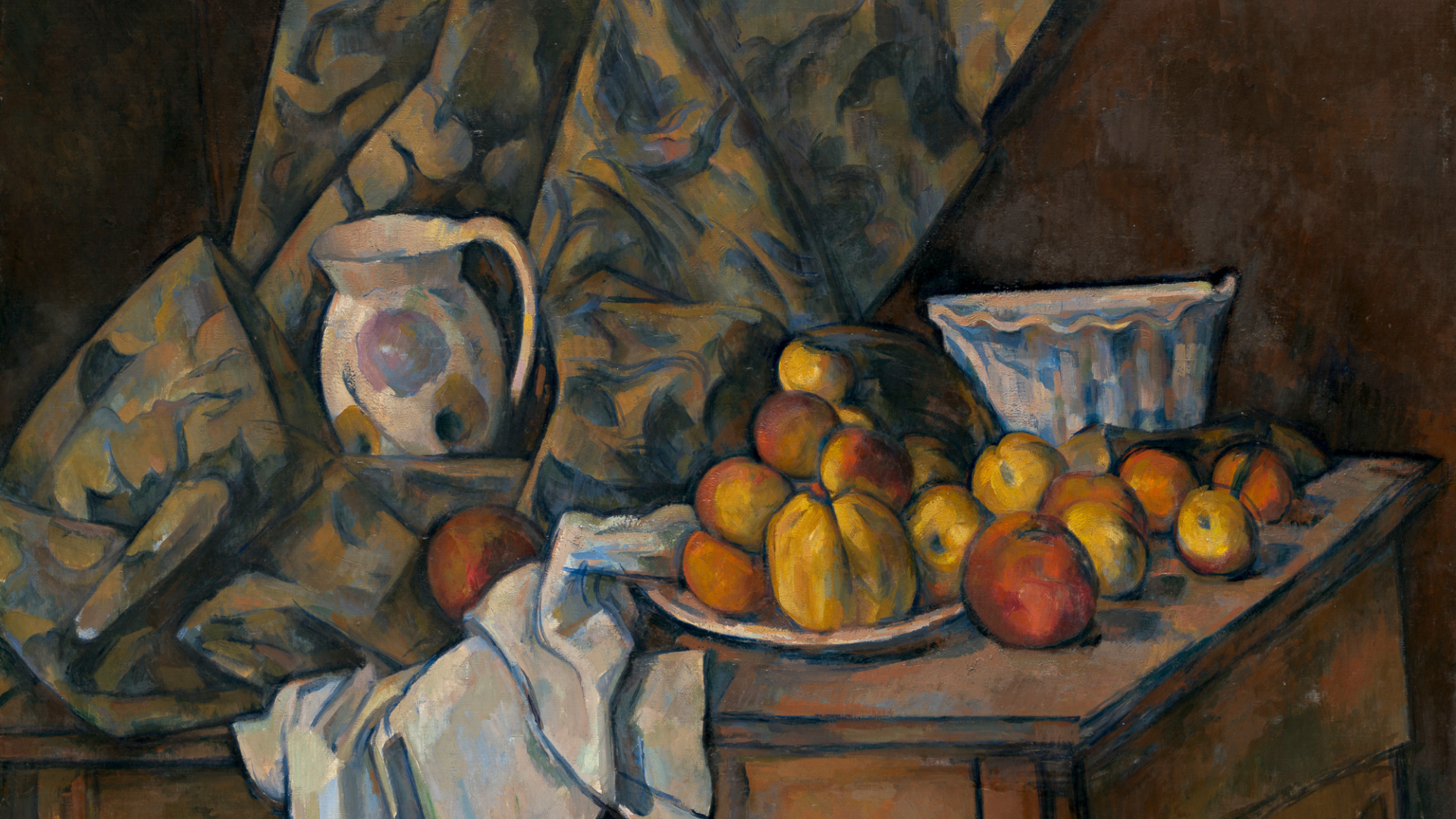Cubism is, in a sense, an escalated version of Impressionism. Cubists were obsessed with light and shadow, but Impressionists were more interested in depicting objects as they were actually. Cubists would represent objects by superimposing two similar objects on top of each other. In contrast, Impressionists used lighter colors and more minor brush strokes to capture the actual views of things.
What Is Cubism?
Cubism, also known as Analytic Cubism, is a style of painting created by a group of artists, including Pablo Picasso and Georges Braque. Cubism divided a picture into many planes, or “cubes,” which were also broken into “cubelets” and further subdivided. These divisions indicate the viewer’s place within the picture.
Cubism is a style of visual arts that came about in the 20th century as one of the first major developments of abstract art. The style was pioneered by Pablo Picasso and other European artists, who broke away from traditional European painting techniques and began experimenting with abstraction.
The term “analytic” describes a method of breaking down an image into its basic elements, while “cubism” describes an art movement that breaks an image down into shapes. These shapes are then rearranged and recombined to form new, more complex images. Cubism is an art style that broke with previous traditions, particularly with the use of perspective and proportion, and created jarringly realistic images of distorted objects that nonetheless communicate their subjects’ physical presence.
What Type Of Art Is Cubism?
Cubism is a style of art that originated around the beginning of the 20th century, when Pablo Picasso, Georges Braque, and Juan Gris began painting several works that utilized a detached viewpoint on the world around them. In an art-historical context, Cubism is still considered avant-garde, even decades after its first emergence, and it remains a highly influential art movement. The style’s name comes from Pablo Picasso’s famous quote, “art is a lie that makes us realize the truth,” which is a reference to how painters used geometric shapes and elements to represent everyday objects.
What Is Impressionism?
Impressionism, an artistic movement that developed in the late 19th century, departed from the classicism of 19th-century painting. It focused on the depiction of light and color and strove to capture “the fleeting impression” of a scene instead of telling a detailed story. Impressionism influenced the development of other art forms, such as impressionist music, impressionist theater, impressionist poetry, and impressionist criticism.
What Is the Main Idea of Impressionism?
Impressionism is the art style that emerged in the mid to late 19th century and is marked by bold, bright colors, effects of light, and subjects focused on the everyday. In 1886, the painter Paul Cezanne introduced his theory of painting, which proposed that real-life images were rendered more realistically than those created by imagination. Impressionists, such as Claude Monet, disregarded this theory, instead focusing on their elaborate brushstrokes as an expressive and poetic representation of their subjects. Interestingly, Impressionism was first embraced by art critics and wealthy patrons before the masses, so it wasn’t until the 20th century that the public embraced art by these artists.
How Would You Describe Expressionism?
Expressionism was an artistic movement that emerged in Europe in the early 20th century. One of its key characteristics was to paint figures in realistic poses and situations and then paint over their features, such as facial features or even hair, to achieve a surrealistic effect. Its primary intention was to reflect real life, and often its subjects were dark and depressing.
Expressionism was characterized by bold, stylized brushstrokes and expressive brushwork. The movement was characterized by artists including Emil Nolde, Edvard Munch, and Paul Gauguin. Another artist worth mentioning is Marc Chagall (1887–1985), who was Jewish and lived in Russia and France. He incorporated Jewish history, culture, and religion into his work.
Cubism versus Impressionism, which painting style came first? Impressionism, is painting by “looking” at a subject. It was invented by Claude Monet, who painted the Rouen Cathedral in the background of some of his works. Monet’s paintings of the cathedral have an impressionistic quality because the colors blend together, making it look very realistic.



